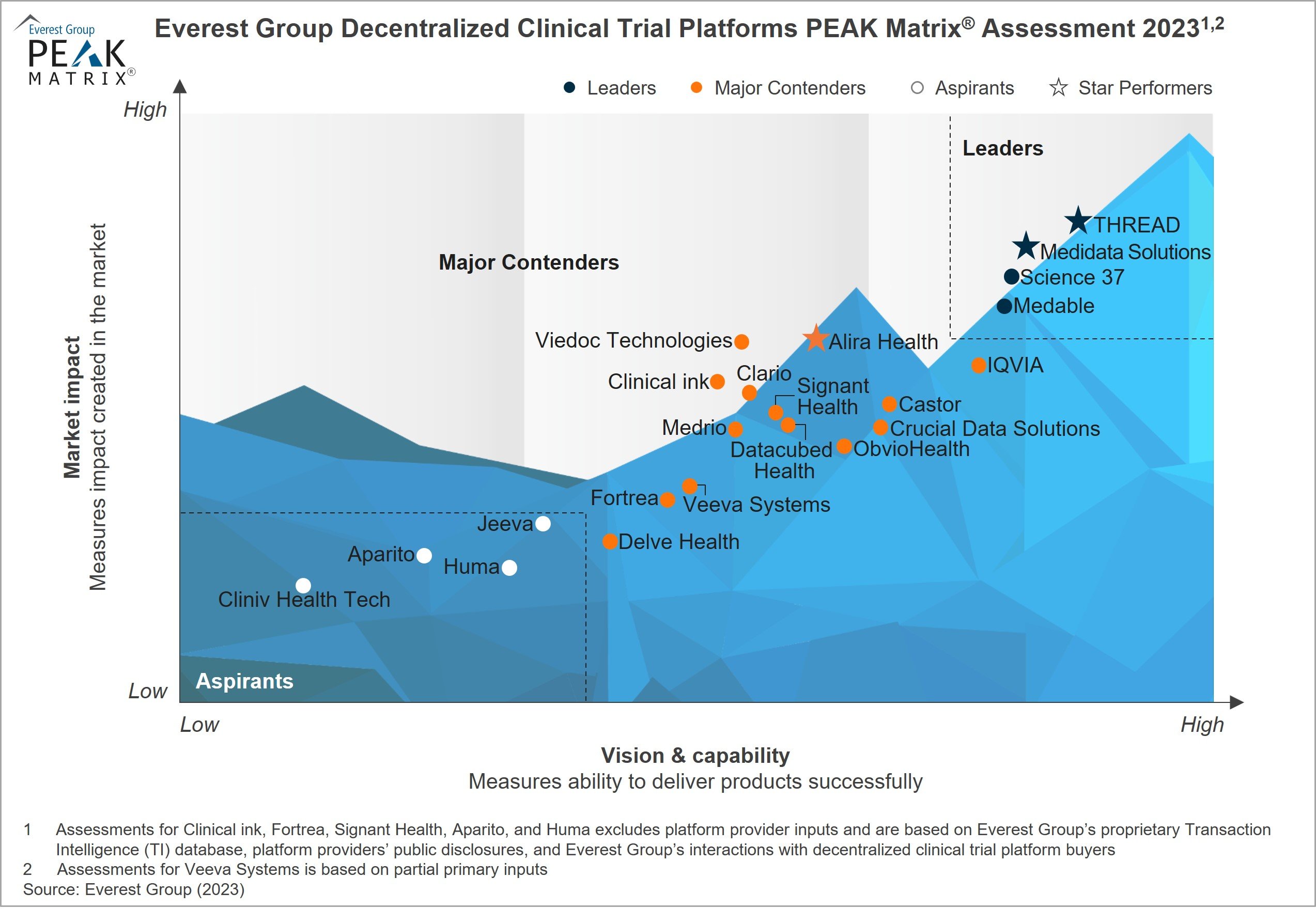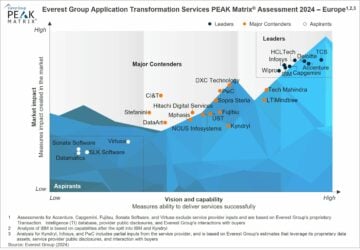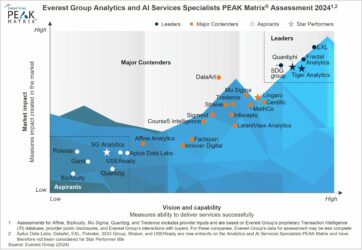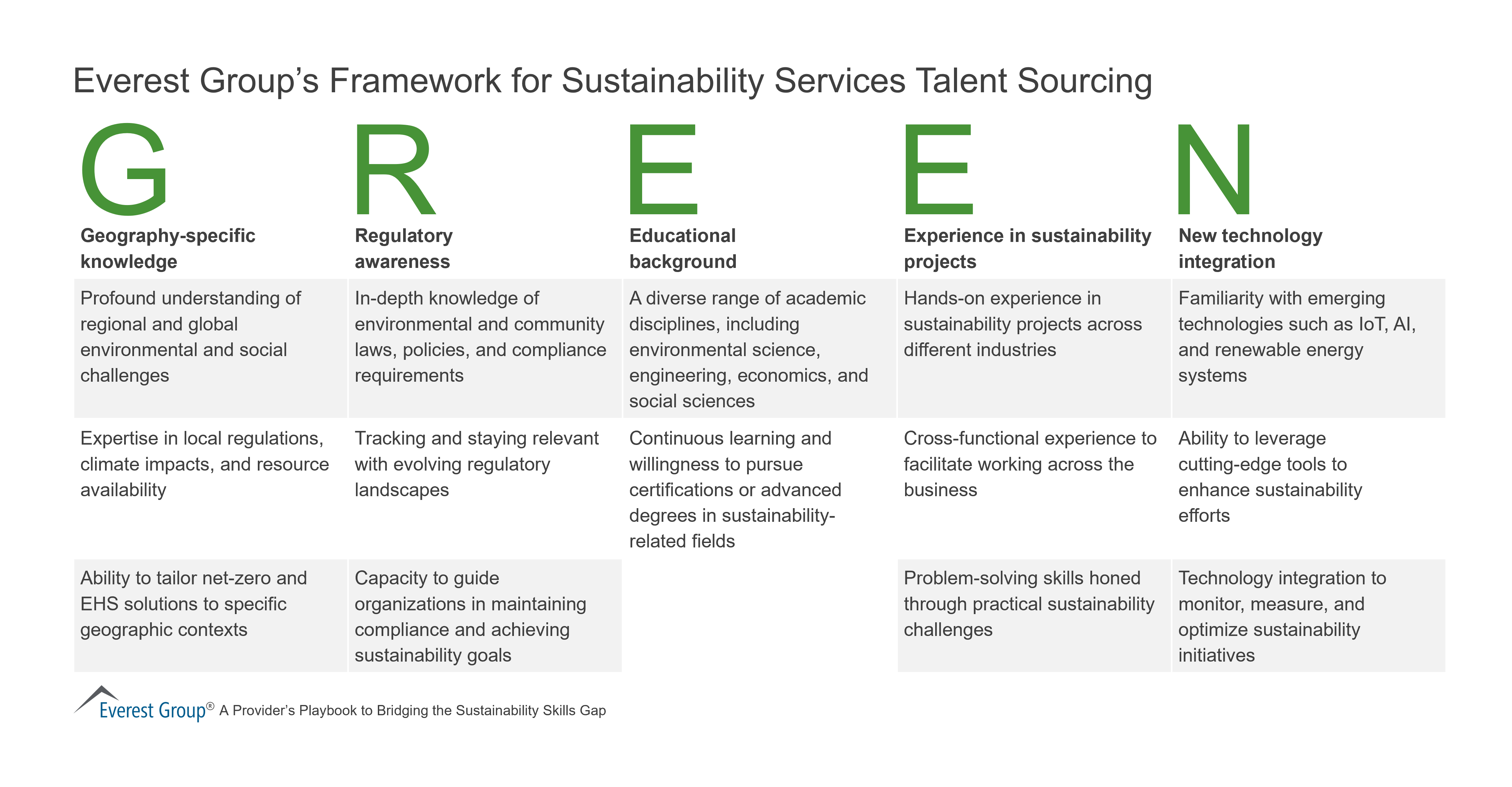December 7, 2023
Microsoft’s recent rollout of its Artificial Intelligence (AI)-enabled productivity tool Microsoft 365 Copilot for enterprise customers has generated a lot of buzz. Its steep US$30 monthly charge per user has ignited debate about how its cost will impact IT spend, the Return on Investment (ROI), and the expected benefits for employees. Continue reading for recommendations on successful software contract negotiation for Microsoft 365 Copilot. The webinar, Adapting to Change: Boost Value in Outsourcing and Software Contracts When Uncertainty Persists, also explores how enterprises can drive more savings from their outsourcing contracts.
Microsoft 365 Copilot is a productivity enhancement tool backed by generative AI and integrates with the Office 365 Suite (Word, PowerPoint, Excel, Outlook, Teams, etc.). It aims to transform employees’ daily tasks by unlocking creativity, boosting productivity, and enhancing skills.
By leveraging Large Language Models (LLMs) content in Microsoft Graph (emails, chats, attachments, documents, etc.) to generate contextualized human-like responses, and touted by Microsoft as the “most powerful productivity tool on the planet,” the tool boasts numerous applications and use cases.
How can enterprises buy Copilot?
Copilot is available for Microsoft 365 E3, E5, Business Standard, and Business Premium customers. It is an add-on license on top of these M365 editions and isn’t available as part of any bundle.
Price Surge for Copilot Adoption
Microsoft 365 Copilot comes with a hefty price tag of US$30 per user per month. The following table summarizes the additional costs that enterprises are looking at when considering buying Microsoft 365 Copilot licenses. (Based on list prices.)
| M365 Bundle |
M365 List price (per user per month) |
Cost uplift |
| M365 E3 |
US$36 |
83% |
| M365 E5 |
US$57 |
52% |
| M365 Business Standard |
US$12.50 |
240% |
| M365 Business Premium |
US$22 |
136% |
This does not paint a very attractive picture for IT and procurement departments as the cost increase can be greater than a company’s current spend on the M365 suite.
Adding to the complexity, Microsoft has yet to reveal how they will apply the contracted volume discount on the Copilot licenses an enterprise purchases.
Software contract negotiation tips
Everest Group helps clients across geographies and industries with software contract negotiation techniques to optimize their software spend. Almost all our enterprise customers have large deals with Microsoft. We help them navigate price increases at contract renewal, negotiate best-in-class discounts, and optimize key contractual terms like price protection clauses, etc.
Below are some measures enterprises can take to mitigate this significant cost increase and assure a robust ROI when adopting Microsoft 365 Copilot in their organizations:
- Optimize spend for the overall Microsoft portfolio of an enterprise: Microsoft’s move to limit the eligibility to purchase Copilot solely to customers with M365 E3 and E5 subscriptions subtly pushes other enterprise customers to upgrade to these options, thus increasing their spend with Microsoft.
Even for existing M365 E3 customers (many of whom settled for this lower-cost option compared to E5 licenses), the total cost of M365 E3 plus Copilot ($66/user/month) is more than the M365 E5 license ($57/user/month). As a result, justifying investing in this new tool is financially difficult. Enterprises looking to buy Copilot licenses should ask Microsoft to improve their overall cost to make it easier to seek budget approvals and drive Copilot adoption
- Optimize Copilot licenses: While Copilot benefits look promising, the actual impact is yet to be assessed. Given the different nature of work of employees across an organization, the tool might be more effective for some user groups. Therefore, enterprises should conduct a thorough persona profiling to determine the correct number of users who should be given access to this tool to maximize ROI. This step will help ensure enterprises get the most out of the M365 Copilot licenses required
- Seek training investment: Given its wide range of applications and methods of use, Copilot will require training and support for employees to uncover the true potential of this tool. Enterprises should ask Microsoft to provide complementary training and workshops to increase M365 Copilot adoption
Microsoft Copilot is undoubtedly a futuristic tool aimed at streamlining daily operations and helping employees focus on tasks that add real value. Nonetheless, understanding its licensing, pricing strategy, and the value it can generate for an enterprise is imperative.
To discuss software contract negotiation and for a detailed analysis of your software contracts, please reach out to [email protected]. Explore more about Everest Group’s contract benchmarking offerings.
To learn current pricing trends and how enterprises can find greater value and lower costs in their outsourcing, cloud, and SaaS contracts in the new year, Adapting to Change: Boost Value in Outsourcing and Software Contracts When Uncertainty Persists.


















